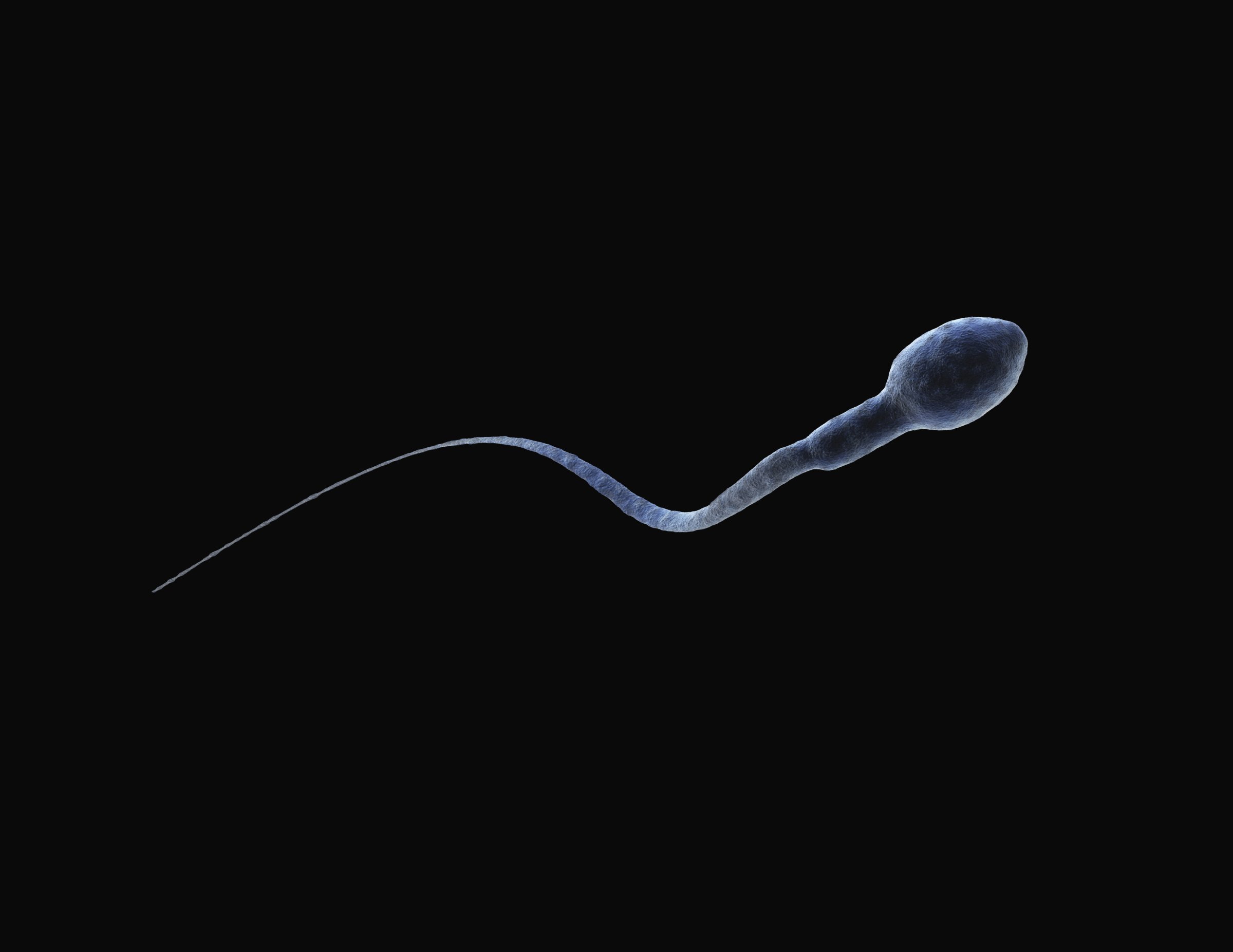
Stem cells are a promising resource for replenishing the body with healthy cells, but so far, making eggs and sperm from stem cells has proven to be a daunting task. Now scientists in China report in Cell Stem Cell that they’ve figured out a new way to accomplish just that, generating the first functional sperm cells in mice. This research could shed more light on infertility in people as well; of the 15% of couples experiencing infertility, about a third are due to problems with sperm.
MORE: Shrinking Stem Cells Are the Real Reason for Hair Loss
The team, led by senior authors Qi Zhou and Xiao-Yang Zhao, both from the Institute of Zoology at the Chinese Academy of Sciences, took embryonic stem cells from mice and treated them to a series of carefully worked out steps that included first exposing the stem cells to testicular cells in newly born male mice. The scientists then recreated the chemical environment that sperm cells need to grow, including early development factors and sex hormones including testosterone, follicle stimulating hormone and a growth factor from the pituitary gland.
After nearly two weeks, the researchers saw sperm-like cells in their dish and injected these into eggs that were transferred into female mice. Altogether, nine pups were born and some mated and had normal pups of their own. That’s the gold standard test that the sperm that created them was functional and viable.
MORE: Exclusive: Meet the World’s First Baby Born With an Assist from Stem Cells
Compared to standard sperm that’s collected from male mice and injected into eggs, this new process fares pretty well. Among controls, about 92% of the injected eggs developed into two-celled embryos and the sperm created from stem cells yielded similar percentages. But the stem cell process is still not as efficient as using healthy normal sperm — overall the scientists transferred 317 embryos and produced nine newborns, a nearly 3% success rate. Using normally collected sperm, they transferred 148 embryos and 14 pups were born, about a 9% success rate.
Still, the process is promising, and shows that it’s possible to create functional sperm from stem cells. That’s a huge step toward better understanding how reproductive cells form, and could lead to more studies that eventually will help human cases of infertility.
MORE: Bionic Eyes, Stem Cells and Gene Therapy: 3 Cutting Edge Cures for Blindness
More Must-Reads from TIME
- Donald Trump Is TIME's 2024 Person of the Year
- Why We Chose Trump as Person of the Year
- Is Intermittent Fasting Good or Bad for You?
- The 100 Must-Read Books of 2024
- The 20 Best Christmas TV Episodes
- Column: If Optimism Feels Ridiculous Now, Try Hope
- The Future of Climate Action Is Trade Policy
- Merle Bombardieri Is Helping People Make the Baby Decision
Contact us at letters@time.com